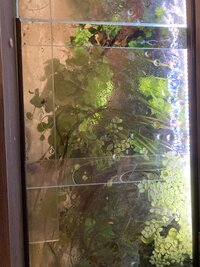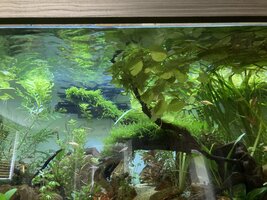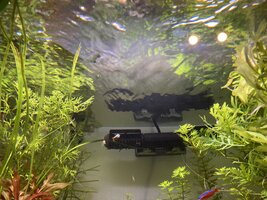Hi There
Anyone know what might be going on here?
I noticed a small patch (a couple of inches square) of discoloured leaves in the middle of my salvinia patch last weekend and removed them. Today, so 5 days later, I have this large patch of the same.
As you can see, it seems to be surrounded by perfectly healthy leaves, but is going black and when I pull it out, it is pretty much just slime.
Not sure what is happening as the surrounding leaves seem pretty healthy but whatever it is, it is spreading fast.
Any ideas?
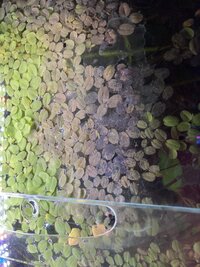
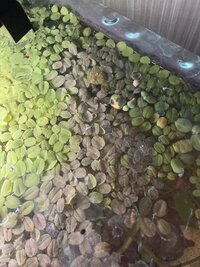
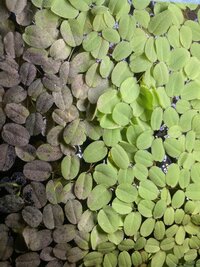
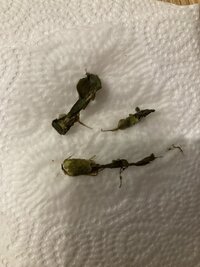
Anyone know what might be going on here?
I noticed a small patch (a couple of inches square) of discoloured leaves in the middle of my salvinia patch last weekend and removed them. Today, so 5 days later, I have this large patch of the same.
As you can see, it seems to be surrounded by perfectly healthy leaves, but is going black and when I pull it out, it is pretty much just slime.
Not sure what is happening as the surrounding leaves seem pretty healthy but whatever it is, it is spreading fast.
Any ideas?






